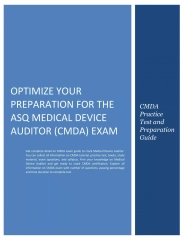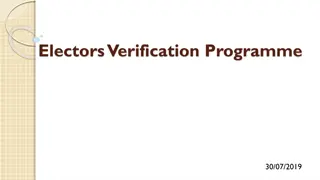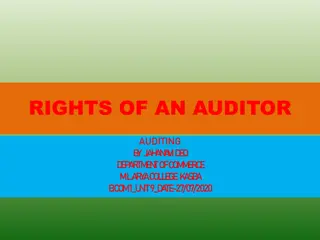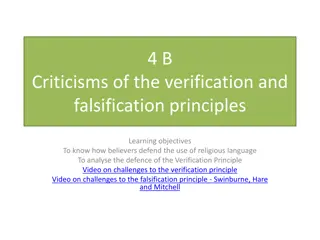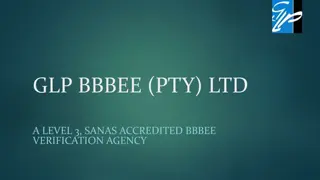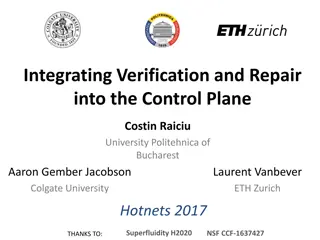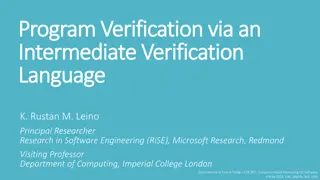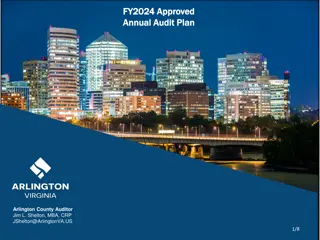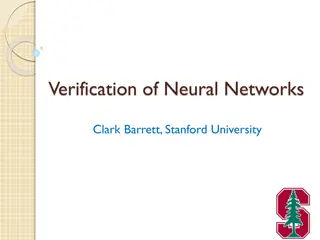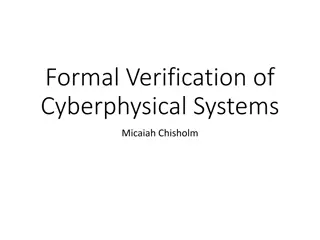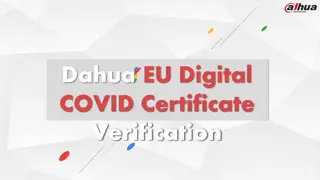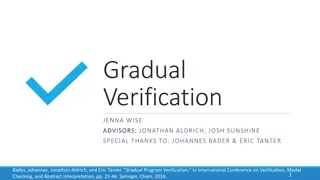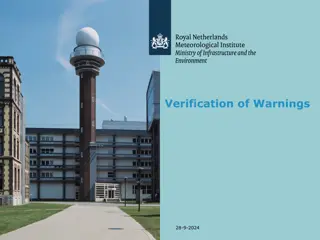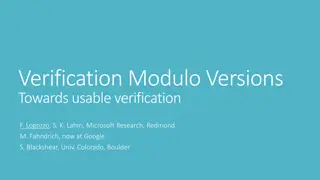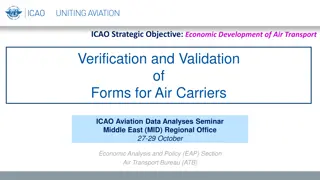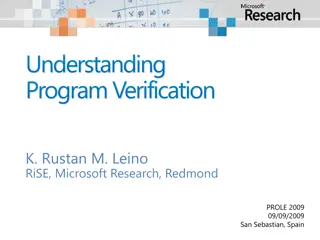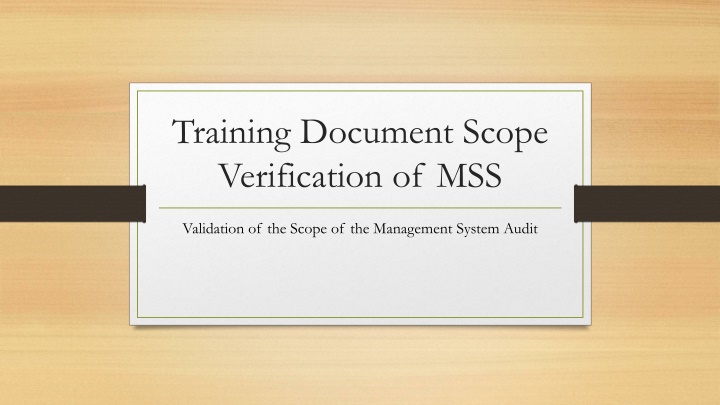
Defining the Scope of a Quality Management System
Learn how to effectively verify and define the scope of your Management System Audit, ensuring compliance and clarity in ISO 9001 requirements. Discover key considerations for scope suitability, including geographic locations, product lines, processes, and allowable exclusions.
Download Presentation

Please find below an Image/Link to download the presentation.
The content on the website is provided AS IS for your information and personal use only. It may not be sold, licensed, or shared on other websites without obtaining consent from the author. If you encounter any issues during the download, it is possible that the publisher has removed the file from their server.
You are allowed to download the files provided on this website for personal or commercial use, subject to the condition that they are used lawfully. All files are the property of their respective owners.
The content on the website is provided AS IS for your information and personal use only. It may not be sold, licensed, or shared on other websites without obtaining consent from the author.
E N D
Presentation Transcript
Training Document Scope Verification of MSS Validation of the Scope of the Management System Audit
Introduction Please be careful while writing the Scope: application reviewer and auditor must consider scope suitability in terms of the context of the business / operation of the organisation. The scope of a quality management system defines its geographic locations, product lines (including services), applicable processes, and identifies any excluded ISO 9001 requirements.
Sites For example, an organization can define its scope to include a single site, or the scope can include multiple sites if they have a common system and the same top management.
Products / Services The scope can include the applicable processes for a single product or service, or include the processes necessary for multiple products and services.
Processes The scope can include all the applicable processes, or some of the processes can be outsourced to organizations outside the scope, i.e., to a supplier or another organization within the company.
Requirements The scope also identifies any requirements excluded from the ISO 9001 standard. For example, if a service organization has no measuring equipment to be calibrated, clause 7.6 would be excluded. Although ISO 9001 is applicable to all organizations regardless of their type, size, or products, under certain circumstances an organization may exclude a specific ISO 9001 requirement and still be permitted to claim conformity to the standard. This is because not all the requirements in clause 7 are relevant to all organizations. ISO 9001 explains the permissible exclusions in clause
Definition The terms scope of the quality management system and scope of certification are often used interchangeably, but this can lead to confusion. It might be difficult for a customer to identify what parts of a supplier organization have been certified to ISO 9001, what product lines or processes are covered by the system, or what ISO 9001 requirements have been excluded.
To lessen such confusion and to enable identification of what has been certified, the scope of certification should clearly define: the scope of the quality management system including details of the product lines and related sites, departments, and divisions that are covered the organization s main processes for its product realization or service delivery activities (e.g., design, manufacture, delivery, service, and support) for the covered product lines any ISO 9001 requirement that has been excluded. Note that the scope of certification is not the same as the certificate that is awarded to the organization after their successful demonstration of conformity to ISO 9001. The certificate usually includes a synthesized description of the scope of certification, but not the details of the ISO 9001 requirements that have been excluded. However, it may refer to the fact that the exclusions are detailed in the organization s quality manual.
Assessment It is the responsibility of the certification body auditor to: ensure that the final statement of the scope of certification is not misleading verify the scope only refers to the processes, products, sites, departments, or divisions of the organization that was assessed during the certification audit verify the scope defines any excluded ISO 9001 requirements and that the justification for the exclusions is provided and is reasonable. As an additional measure to combat potential confusion among customers and end-users, the certification scope should be clearly defined in the organization s quality manual and any publicly available documents, including any promotional and marketing material. However, promotional statements should not be included in the certification scope statement.
Examples of misleading scopes: Scope text includes a normative standard that is not included in audit and might give the idea they are also certified to this standard Scope is too broad or vague and gives incorrect impression: e.g. general construction vs construction of roads only in the case that the organization only applied for certification for construction of roads; e.g. construction vs. construction of buildings in the case that an organization only has a license to do buildings. Lists of portfolio products that cannot be sustained and for which the company may not even demonstrate provision. Scopes with claims that cannot be substantiated, e.g.: same day home repairs. Scope which includes marketing or promotion statements, e.g. the cheapest and best product.
Caution for Scope Determination In order to avoid such confusion and to enable identification of what has been certified, the scope of certification should clearly define: - the scope of the QMS, types of products and services, related sites, departments, divisions etc. that are covered by it, - the organization's main operational processes for its products and services, such as design, manufacture, packaging , delivery, etc., for the product lines that are covered, It is essential that a scope of certification be drafted by the organization prior to applying for certification. This should then be analysed by the certification body during the Stage 1 of initial certification audit, for appropriate planning of the Stage 2 audit (see the ISO 9001 Auditing Practices Group guidance on Two stage initial certification audit ).

